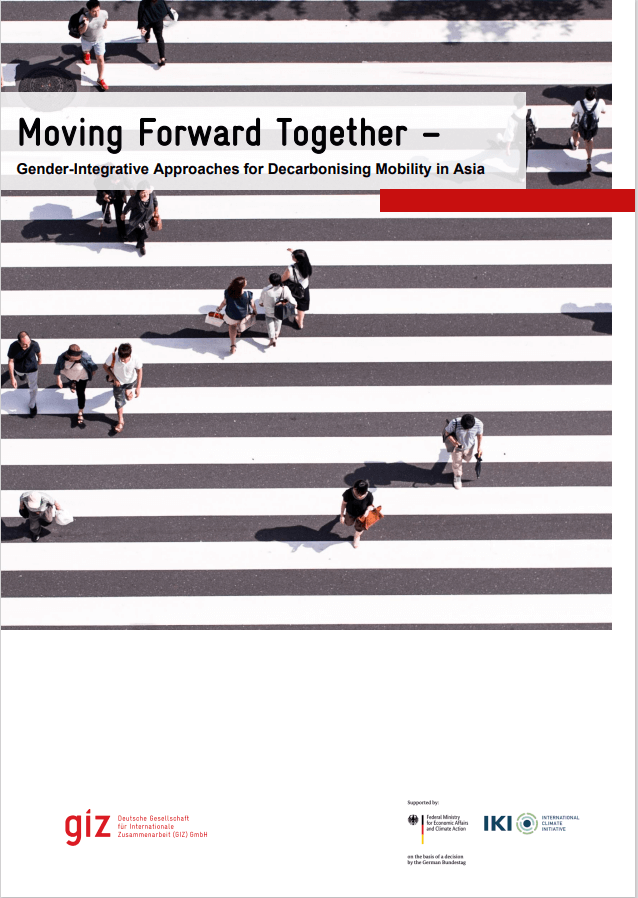On 31st May, 2022, as a key milestone of the research project Active Mobility Friendly Cities Assessment Indicators and National Active Mobility Strategy , the interim workshop was jointly held by the Sino-German Cooperation on Low Carbon Transport (CLCT) , China Academy of Transportation Sciences (CATS) of the Ministry of Transport of the People’s Republic of China (MoT) and SinoCarbon. This workshop aims at presenting the interim output of the study, collect expert feedback, and discuss the challenges and solutions in promoting active mobility in China with different stakeholders.
More than 50 participants joined the workshop, including representatives from the Publicity and Education Center of the Ministry of Ecology and Environmental Protection, Municipal Design and Research Institute of Chengdu Municipal Design Consulting Group, Beijing Urban Planning and Design Institute, Beijing Transportation Development Research Institute, Xiamen land and Transportation Research Center, Shanghai Pudong Architectural Design and Research Co., Ltd, Didi Chuxing, Tsinghua Tongheng Planning & Design Institute Co Ltd.

City representatives from Beijing, Chengdu, and Xiamen talked about their respective efforts in revitalizing cycling. In 1980s and 1990s, China was the kingdom of bicycles. With rapid motorization and urbanization in the last two decades, the modal share of cycling has been significantly decreasing while the right of ways has been prioritized for cars. Since the 2012, more and more local initiatives focus on advocating cycling and walking. The recently published transport planning of Beijing stated that all roads with a width over 12 meters or above will be required to provide clear marking for non-motorized lane by 2025. Also, a 400 km waterfront active mobility system for both mobility and tourism purpose will be constructed in Beijing’s suburb. In Chengdu, active mobility enhancement measures were combined with the Garden City Initiative, where over 200 pedestrian-crossing bridges have been redesigned and transformed to be more practical for pedestrians. As one of the forerunner cities in active mobility and the first city with a cycling highway in China, Xiamen has been making efforts on establishing a comprehensive active mobility system.
In the panel discussion, multiple experts mentioned the significance of establishing top-level strategic guidance and technical standards for active mobility development. Such strategic guidance should provide a coordination structure among all relevant national and local departments, address the issue of connectivity between active mobility and public transport, and provide clear governance measures for electric bikes. At the same time, mechanisms that measure and review the development status of active mobility and user feedbacks on a regular and long-term basis would be essential. The final report of the study will be made available by end of 2022.





